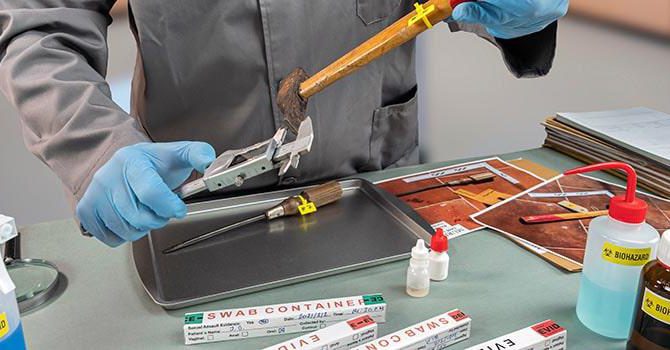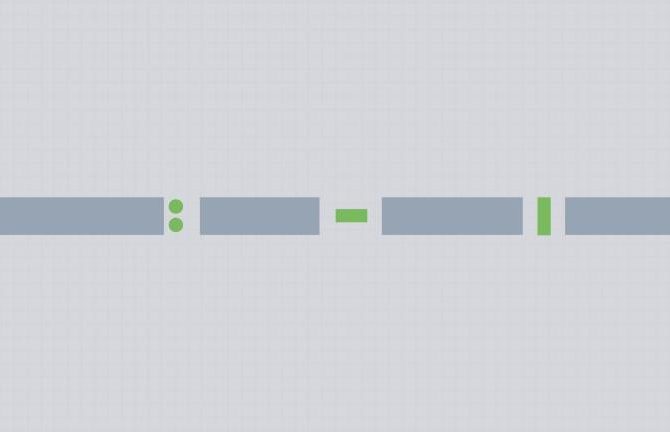Golf is a sport that requires not only technical skill and precision but also a high level of physical fitness. In this comprehensive analysis, we delve into the essential components of golf fitness, examining the interplay between physical attributes, training modalities, and injury prevention to enhance performance on the course. By understanding the interdisciplinary nature of golf fitness, we aim to provide a framework for golfers, coaches, and fitness professionals to optimize physical conditioning and maximize potential.
– The Interplay Between Physical Attributes and Golf Performance
Physical Attributes and Golf Performance
Physical attributes play a crucial role in golf performance. Golfers require a combination of strength, flexibility, and coordination to execute a golf swing effectively. Strength is essential for generating clubhead speed, which directly correlates with distance and accuracy. Flexibility allows for a full range of motion, promoting proper swing mechanics and reducing the risk of injury. Coordination entails the ability to control and synchronize multiple body movements, maximizing efficiency and consistency.
Key Physical Attributes for Golf
| Attribute | Impact |
|-|-|
| Strength | Generates clubhead speed, increasing distance and accuracy |
| Flexibility | Ensures proper swing mechanics, reduces injury risk |
| Coordination | Facilitates control and timing, enhancing efficiency and consistency |
| Balance | Maintains stability during swing, promoting accuracy and power |
| Endurance | Allows for sustained performance throughout a round |
Implications for Golf Fitness
Golf fitness programs should incorporate exercises that develop these key physical attributes. Strength training improves muscle mass and power, while flexibility exercises enhance range of motion and reduce muscle tightness. Neuromuscular training develops coordination and balance by integrating the mind and body. A comprehensive golf fitness regimen addresses all aspects of physical performance, enabling golfers to achieve optimal results on the course.
– Core Strength for Stability and Power
Core Strength for Stability and Power
A strong core is essential for stability and power in golf. The core muscles are responsible for stabilizing the spine and pelvis, and for generating power for the golf swing. A weak core can lead to back pain, injuries, and a loss of power.
There are a variety of exercises that can help to strengthen the core muscles, including planks, sit-ups, and crunches. These exercises can be done at home or in the gym. It is important to start slowly and gradually increase the difficulty of the exercises as you get stronger.
Core Strength Exercises
Plank: Hold a plank position for 30-60 seconds. Keep your back flat and your core engaged.
Sit-ups: Do 10-15 sit-ups. Keep your back straight and your core engaged.
Crunches: Do 10-15 crunches. Keep your shoulder blades on the ground and your core engaged.
Core Strength Benefits for Golfers
Improved stability: A strong core helps to stabilize the spine and pelvis, which is essential for a powerful and consistent golf swing.
Increased power: The core muscles are responsible for generating power for the golf swing. A strong core will help you to hit the ball further and with more accuracy.
Reduced risk of injury: A weak core can lead to back pain and injuries. A strong core will help to protect your back from injury and keep you playing golf pain-free.
– Flexibility and Range of Motion for Effective Swing Mechanics
Flexibility and Range of Motion for Effective Swing Mechanics
Flexibility and range of motion (ROM) play a critical role in achieving optimal swing mechanics in golf. Adequate ROM allows for a full and fluid swing, improving clubhead speed and accuracy.
Key Joints and Muscles:
Thoracic Spine:
Facilitates rotation and lateral flexion, allowing for a wide and powerful swing arc.
Shoulders:
Enable arm movement and club rotation.
A lack of shoulder mobility restricts the shoulder turn and limits clubhead speed.
Hips:
Provide the foundation for the swing.
Optimal hip flexibility ensures proper weight transfer and hip rotation, maximizing power and swing speed.
Benefits of Enhanced Flexibility and ROM:
Reduced Injury Risk:
Increased muscle and connective tissue elasticity reduces strain and potential injuries during the swing.
Improved Swing Velocity:
Increased flexibility allows for a smoother and more efficient swing, generating greater clubhead speed.
Enhanced Swing Arc:
Greater ROM permits a wider swing arc, resulting in increased distance and control.
– Muscular Endurance for Sustained Performance
Muscular Endurance for Sustained Performance
Maintaining a high level of muscular endurance is critical for golfers who need to perform repetitive and physically demanding shots throughout an entire round. Building muscular endurance in key muscle groups, such as the shoulders, arms, back, and legs, allows golfers to maintain accuracy and power over extended periods.
To develop muscular endurance, incorporate exercises that require sustained muscle contractions over an extended period. Bodyweight exercises, resistance band training, and weightlifting can effectively target specific muscle groups. Start with a low resistance and gradually increase it as your endurance improves. Focus on proper form and control to avoid injuries and maximize efficiency.
Regularly challenging and progressively overloading your muscles through these exercises will stimulate muscle growth and increase capillary density, leading to improved oxygen delivery and energy production. Consequently, golfers can perform at their best for longer durations, reducing fatigue and enhancing overall performance on the course.
– Agility and Quickness for Ball Striking and Recovery
Striking the ball with precision and recovering quickly demands agility and quickness. These attributes enable rapid movement and swift transitions, allowing golfers to dynamically adjust their body positions and swing mechanics.
- Agility refers to the ability to change direction, body positioning, and balance efficiently. This is crucial for making quick adjustments to the ball’s trajectory and adjusting to uneven playing surfaces.
- Quickness involves the explosive initiation of movement, allowing for rapid transitions between stances and swings. This enhances reaction time and enables players to explosively take advantage of opportunities to hit the ball cleanly.
| Exercise | Benefit |
|---|---|
| Lateral Bounds | Improves agility and lateral movement |
| Medicine Ball Slams | Enhances quickness and core strength |
the multidimensional nature of golf fitness necessitates a comprehensive approach that encompasses strength, flexibility, balance, power, speed, cardiovascular endurance, and mental fortitude. Neglecting any component can inhibit optimal performance and increase the risk of injury. By understanding the significance of these essential elements and implementing a tailored fitness regimen, golfers can maximize their physical capabilities, enhance their performance, and enjoy the game at its fullest potential. Continuous assessment and refinement are crucial to ensure a personalized and effective fitness plan that caters to individual needs and goals.





